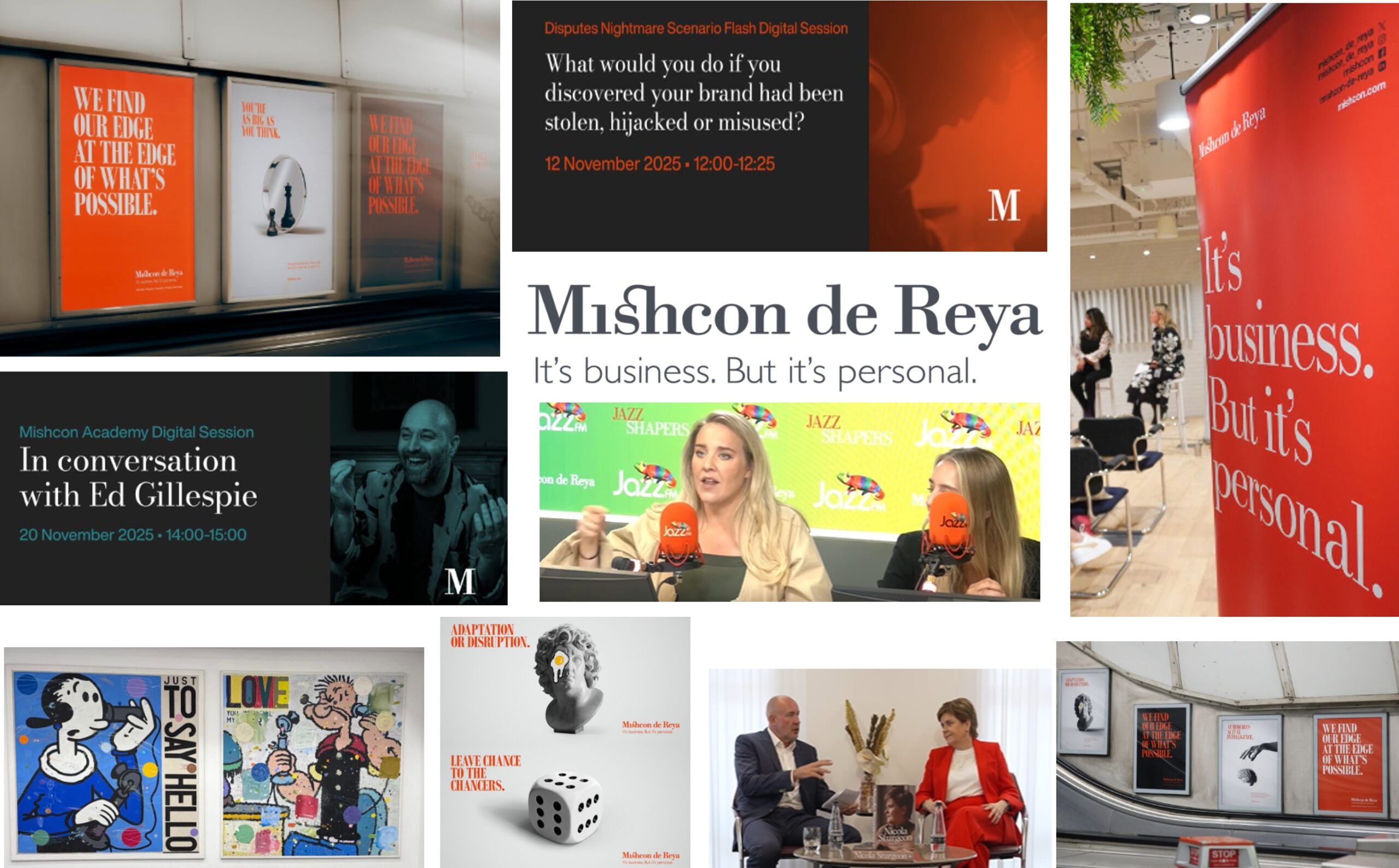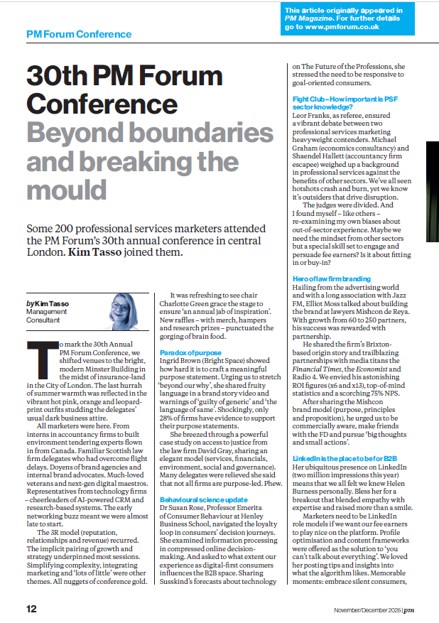
I went along to the annual Estates Gazette Property Marketing Summit last week. It’s been reduced from a full day programme to half a day and two discussion panels dominated the programme although there were some real gems in the other presentations. The focus was on marketing physical properties rather than property and professional services. There was also a bias to all things digital. I enjoyed using the interactive software to ask questions (www.slido.com).
Challenges facing property marketers
What is digital? There was a lively, cartoon-based session from Thomas Brown of @ThinkStuff. His first point – based on research for his book with Deloitte – was that digital means different things to different people. This often results, he argued, in digital programmes that were not aligned with strategic priorities.
Innovation inhibited He also made an interesting observation about the promised measurability of digital and focus on ROI leading to a suppression of innovation – particularly as technology and human behaviour are changing so fast. 80% of the delegates polled felt that the property sector was not being courageous.
Customer experience first Despite the opportunities available with digital, he stressed that the customer journey and experience must come first. His poll suggested that 65% felt that the property sector doesn’t understand its clients enough.
Bland thought leadership Another poll revealed that 90% of delegates felt that too much thought leadership in the property sector was boring, self-indulgent and frivolous. There is a lack of distinctive content.
Markus Kramer (@Markus_Kramer) of Brand Affairs – formerly marketing head of luxury brands such as Aston Martin, Harley Davidson and Vertu phones – echoed his thoughts saying that without clear objectives and relevant content, digital programmes – including apps, were likely to fail.
He also made the point that whilst most people can recall the first and second brands or historical facts, few remembered the third – showing the importance of brand awareness and positioning. He also stressed the need for marketers to be the Client Experience Officer. He observed that marketing’s role has shifted from creativity to measurability – but there was still a need to measure conversions rather than conversations.
Current property marketing campaigns
The first panel – including a marketing manager from Great Portland Estates – suggested that if marketing budgets were cut, the things they would fight to retain included: content marketing, video, print and programmatic digital advertising. There was also the view that the property industry is five to 10 years behind marketing in other sectors. There was recognition that people still needed face-to-face contact – despite the growing popularity of omni-channel communications and video.
Social media update
There was a sparky and provocative presentation by Alex Pettitt (@Alexpettitt) – a creative technologist and live broadcaster. He talked about the continuing growth in social media and the changing demographics with older people engaging. He shared an impressive statistic that there was 403% more enquiries when properties used video. He urged marketers to know their audiences and the platforms they used, to cross-pollinate content between platforms, to use 10 second teaser video trailers and square format video, to “script for silence” (85% Facebook users watch video without sound) and to always include a call to action. He mentioned Twitter Periscope in his comments about the growth of live video – Facebook live videos receive 10 times more comments.
Innovation
The second panel – with people from Here East (@HereEast), Stanhope and the Crown Estate (@TheCrownEstate) focused on innovation. Joy Nazzari of dn&co said that too many briefs were generic and lacked insight into the customer or real differentiation. She referenced Simon Sinek’s work.
On place-making, historical legacy played a key role in the development of Stanhope’s Television Centre near White City and The Crown Estate’s St James in the West End. Here East focused on the creative and technology cluster near the former East London Olympic site.
Gavin Poole, Chief Executive of Here East then shared some military stories to illustrate the components of a high performing team: clear goals, dynamic and fast-moving plan and collaboration.
The final thought-provoking case study was from a duo at Sectorlight who talked about artificial intelligence (AI). Interestingly, they suggested that white collar jobs were most at risk (mentioning the Legal Robot app) and the need for marketing to evolve so that campaigns “marketed to machines”.
Property Marketing Awards
The Property Marketing Awards (PMA) took place in the evening – with wins for Paddington Central, The Albert Estate Manchester, The Brunel Barge Marketing Suite, Segro plc, Paintworks Bristol, Central Bedfordshire Council, Ballymore and NextBigThing amongst others. https://www.propertymarketingawards.co.uk/
The Twitter hashtag for the conference was #EGSummit
Reports from previous years’ conferences:
http://kimtasso.com/nine-takeaways-from-the-second-annual-estates-gazette-property-marketing-summit/ (2015)
http://kimtasso.com/property-marketing-digital-non-digital-land-securities/ (2014)
http://kimtasso.com/property-marketing-case-study-power-brands-b2b-b2c-cluttons-workspace-cbre/ (2014)
http://kimtasso.com/property-marketing-social-media-social-media-knight-frank/ (2014)
http://kimtasso.com/property-marketing-trends-challenging-convention/ (2014)









